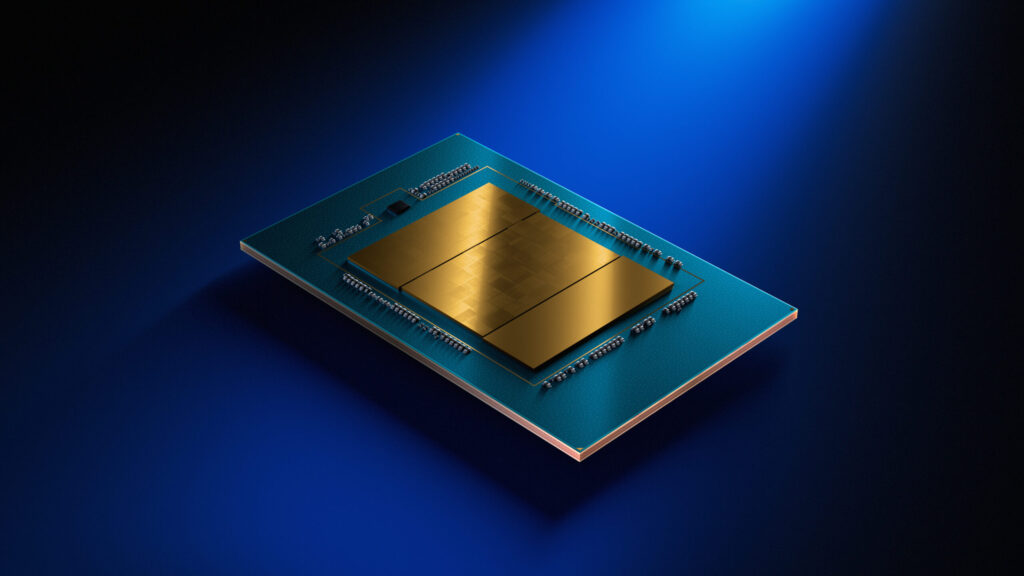
A New Era in Electronics: China Just Ditched Silicon
In a move that could redefine the global semiconductor race, a team of Chinese researchers has developed a silicon-free transistor they claim is the fastest and most energy-efficient ever built. This breakthrough, unveiled in a peer-reviewed journal last week, replaces traditional silicon with alternative compounds — marking a potential shift in how computers, smartphones, and AI chips are built in the future.
“This could be China’s Moore’s Law moment,” said one materials scientist at Tsinghua University, referring to the decades-old prediction about transistor scaling.
What’s the Big Deal With Silicon-Free Transistors?
Silicon has been the backbone of computing for over 50 years. But as we approach atomic limits, it’s running into thermal and electrical inefficiencies. That’s where these post-silicon materials come into play.
The Chinese researchers reportedly used compound semiconductors (possibly gallium nitride (GaN) or graphene-like materials) to build transistors that can switch faster, generate less heat, and consume less power.
🧠 Key Advantages:
- 3x faster signal switching than current silicon nodes
- Up to 60% reduction in power leakage
- Superior performance in AI and quantum computing applications
Global Implications: Tech Cold War Just Got Hotter
China’s silicon-free breakthrough isn’t just a scientific win — it’s a geopolitical game-changer. With U.S. sanctions on chip exports tightening, China is accelerating efforts to become self-reliant in chip design and manufacturing. This development could make the country less dependent on TSMC or Intel’s advanced silicon-based fabrication.
Experts warn that such technology could soon find its way into:
- Next-gen smartphones
- Quantum processors
- Military-grade computing systems
How It Compares to Traditional Silicon Chips
| Feature | Silicon Transistors | Silicon-Free Transistors (China) |
|---|---|---|
| Max Clock Speed | ~5GHz | 15GHz (claimed) |
| Power Efficiency | Moderate | High (60% better) |
| Manufacturing Maturity | Decades of refinement | Early stage but rapidly evolving |
| Scalability | Reaching limits | Promising for 1nm and beyond |
Tech Industry Reacts: “It’s the Real Deal”
While skeptics caution that early-stage tech often overpromises, others are more optimistic. Dr. Lin Zhao, a chip fabrication specialist at Peking University, notes:
“If this transistor scales in mass production, it could outpace anything from Intel or Samsung by 2027.”
Companies like Huawei, SMIC, and Alibaba Cloud are rumored to be watching the development closely for potential integration into next-gen chipsets.
What Happens Next?
For now, the new transistor exists mostly in the lab, but:
- Prototype integration into logic circuits is underway
- AI acceleration tests are being run
- Patent filings suggest commercial ambitions by 2026
China’s push beyond silicon could change the course of global computing. Whether it becomes mainstream or remains a niche innovation depends on scalability, yield, and global adoption. But one thing’s clear — the silicon monopoly is cracking.





The website design looks great—clean, user-friendly, and visually appealing! It definitely has the potential to attract more visitors. Maybe adding even more engaging content (like interactive posts, videos, or expert insights) could take it to the next level. Keep up the good work!